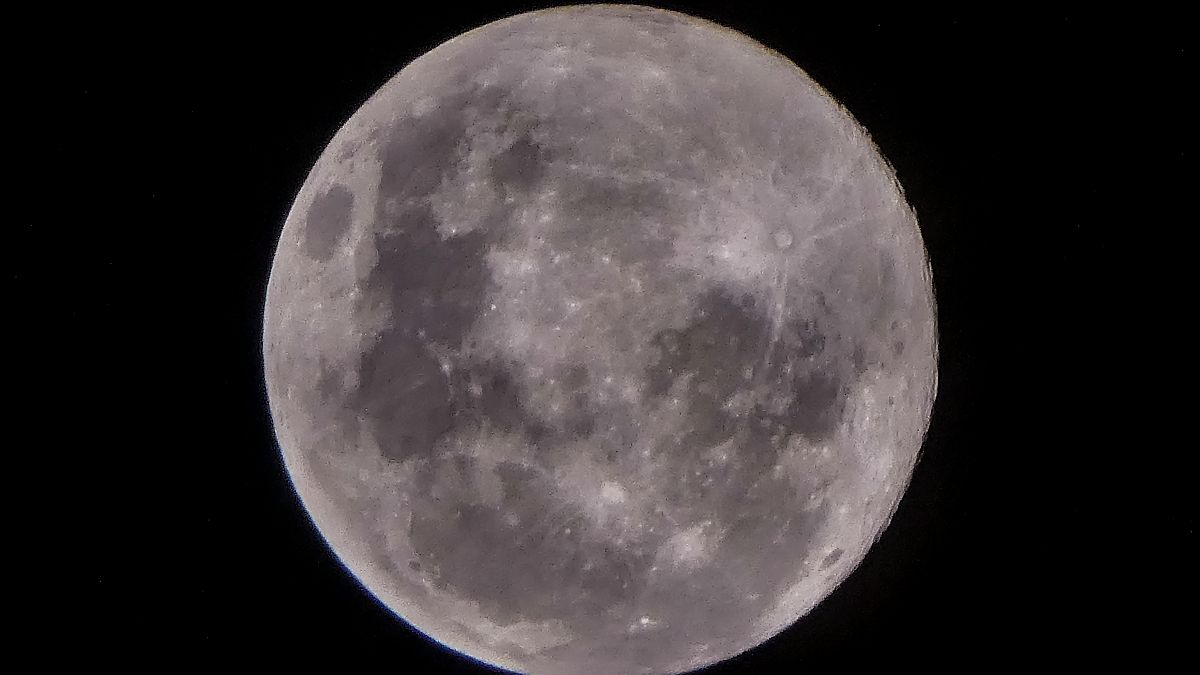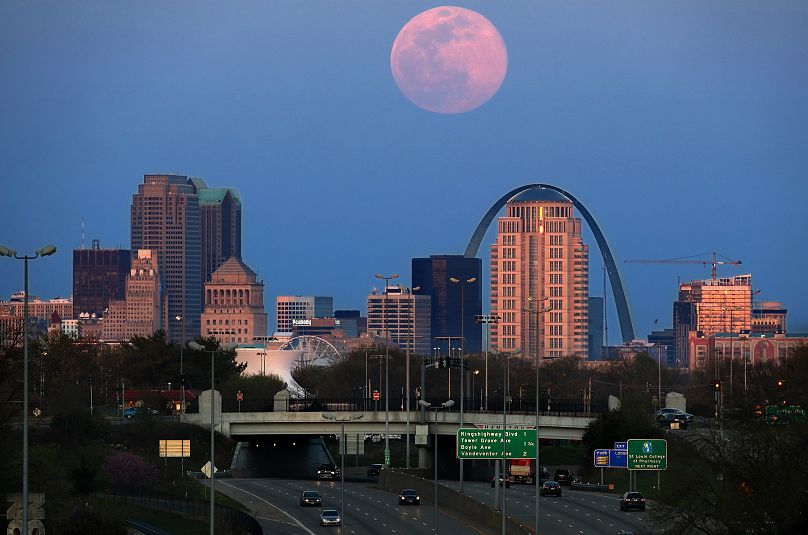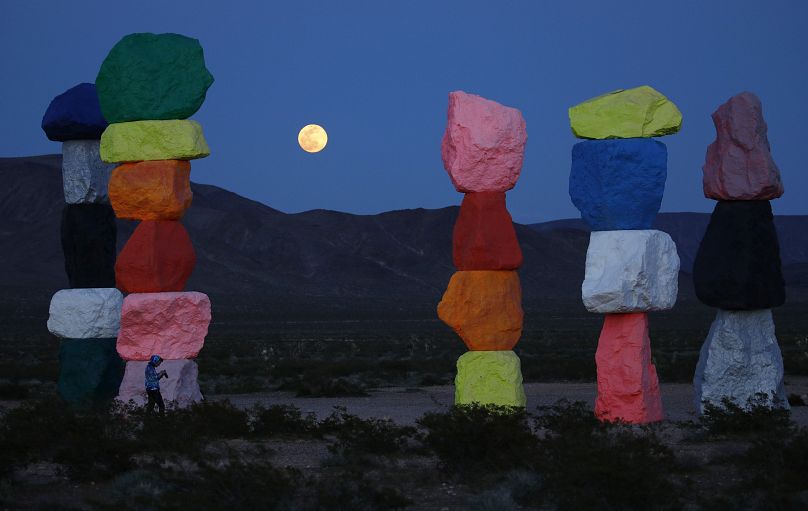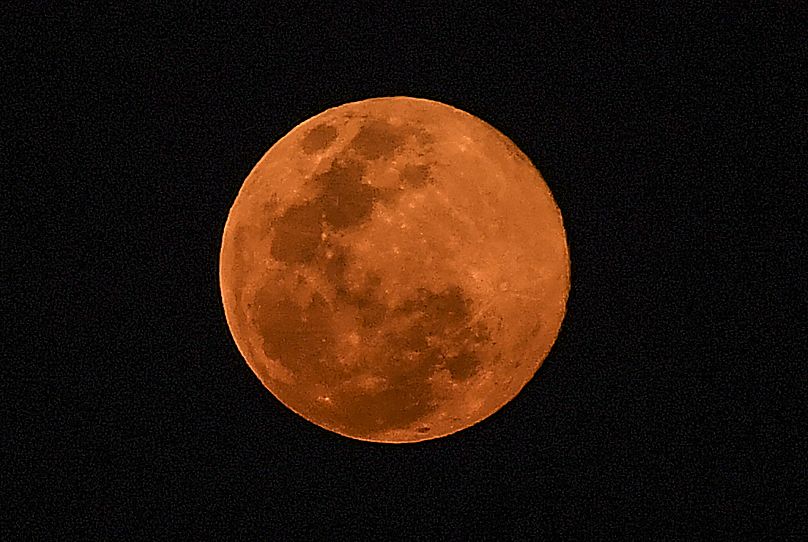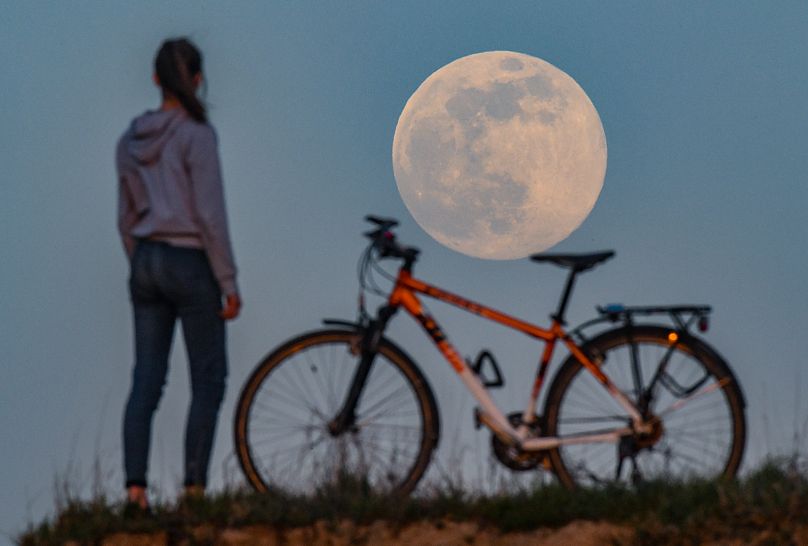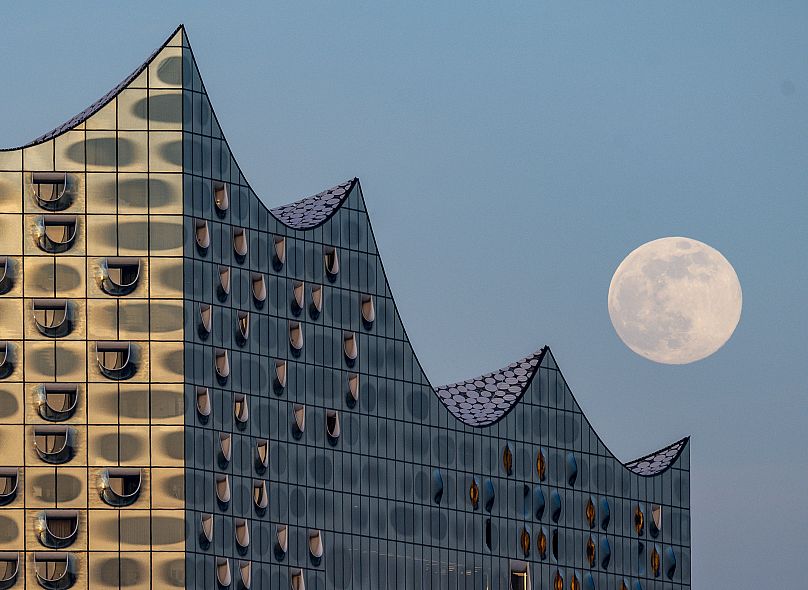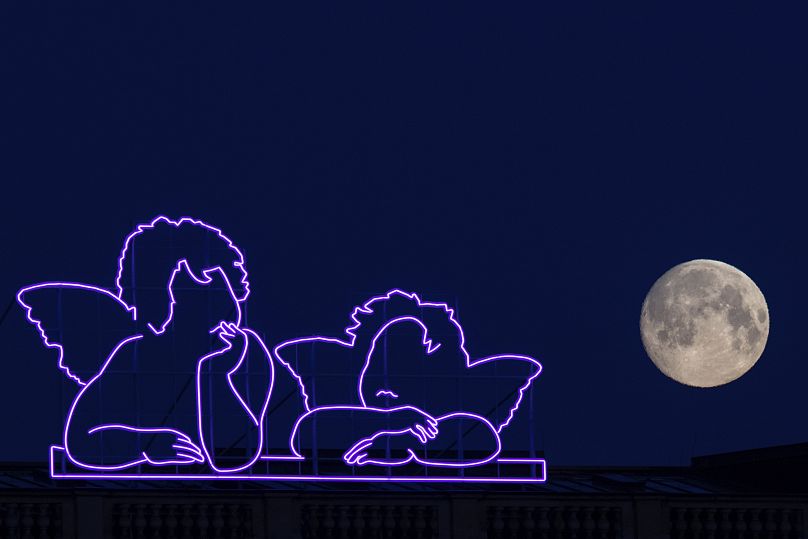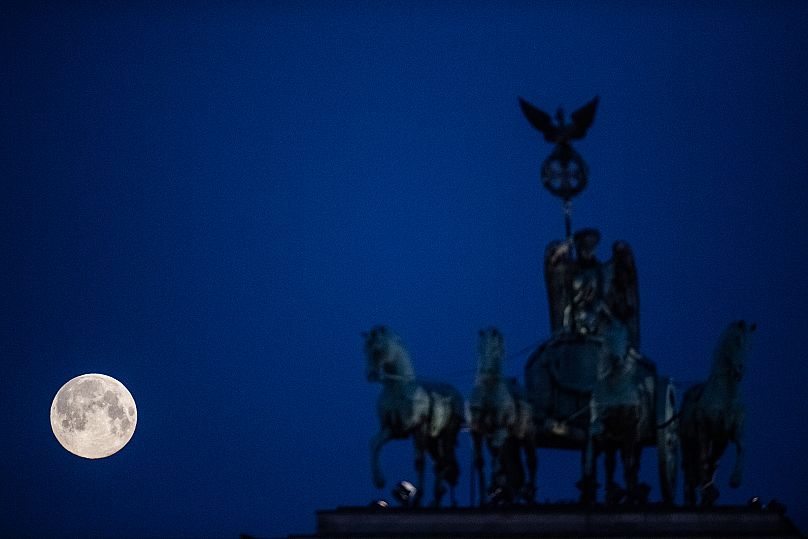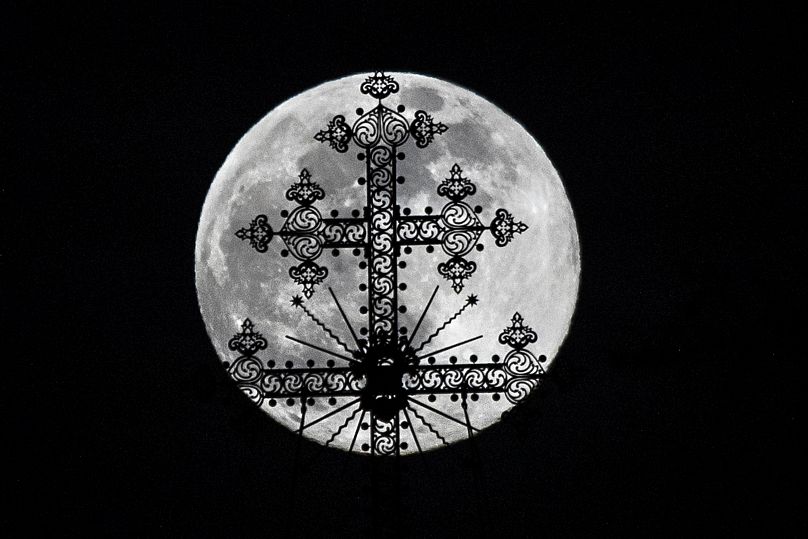Missed it from your balcony? Check out photographs of the biggest and brightest 'supermoon' of the year.
Sky gazers enjoyed a lockdown treat with the biggest and brightest "supermoon" of the year visible on Tuesday evening.
A "supermoon" occurs when there is both a full moon and it is at its closest proximity to Earth as a result of its elliptic orbit.
This results in the moon appearing larger than normal from Earth.
With half of humanity currently under coronavirus lockdowns, the "supermoon" would have been a welcome distraction for many.
With the drastic drop in air and light pollution, stargazing is now more enjoyable than before, according to experts.
“We know that there are many benefits just to accessing the natural world, even when we’re not facing a crisis like this. Going out into the natural world is good for our mental health, and it’s something that is advocated for by health experts everywhere,” Tom Kerss, an astronomer, astrophotographer and creator of the Star Signs podcast, told Euronews Now.
“And indeed when we look at the night sky, we are actually engaging with the natural world. And granted we’re sort of closed off from one another, but when we look at the sky, we’re engaging in a shared experience as well.”
Scroll through the images below to see how Tuesday's 'supermoon' was seen around the world.
I'm in. What do I need to start properly stargazing?
“You do not need a telescope to enjoy the sky," said Kerss. "You don’t even need a safely accessible outdoor space at night. I would like to welcome everyone even who just has to look at the sky through their window to get started during this period.
“Firstly you want to turn your lights off (…) Allow your eyes to adjust to the dark, and then go looking for the stars that you can find. Granted, many objects in the sky are very faint, so binoculars and telescopes help us to see them, to make them brighter or to show us more detail. But actually, if you just want to find the bright objects in the sky like the planets, the moon and even meteor showers, you only need your eyes.”
And there are plenty of sights to look out for in the weeks to come, Kerss says: another supermoon is expected on May 7, a meteor shower on April 21-22, and planet Venus, which these days is "unmistakable after sunset".
“All of those are bright enough to be seen, just by eye, even looking through your window – no telescope needed.”
